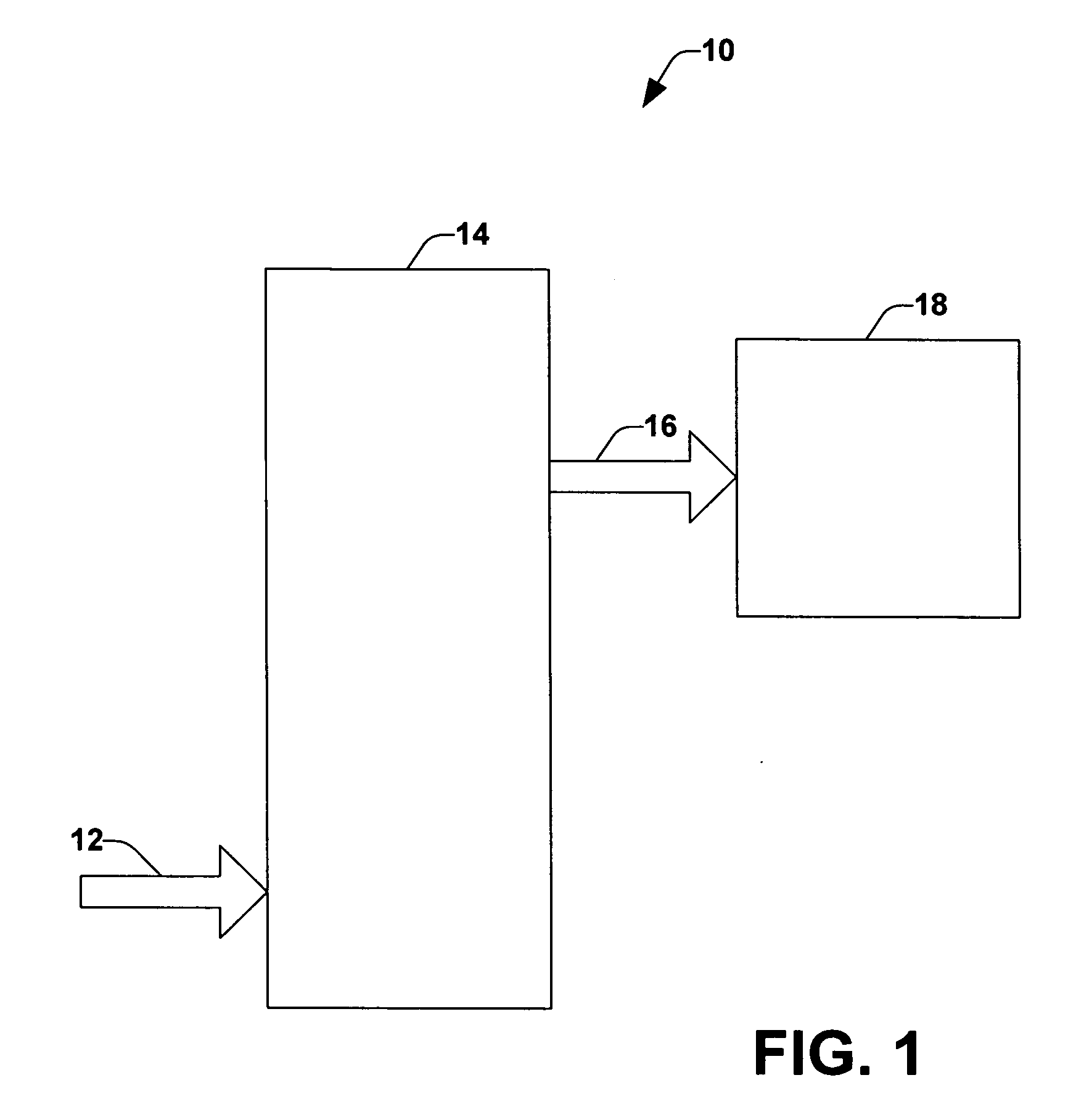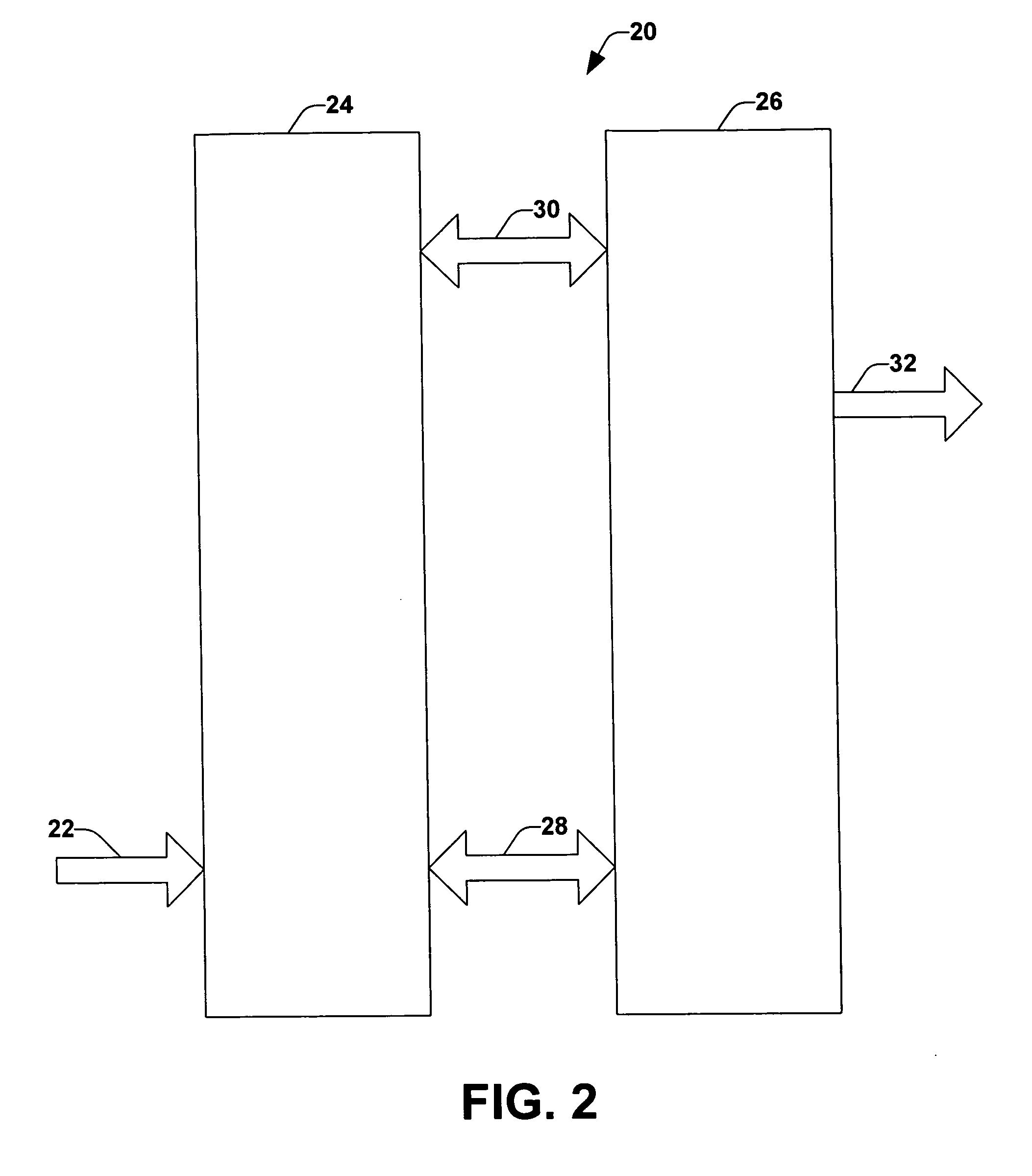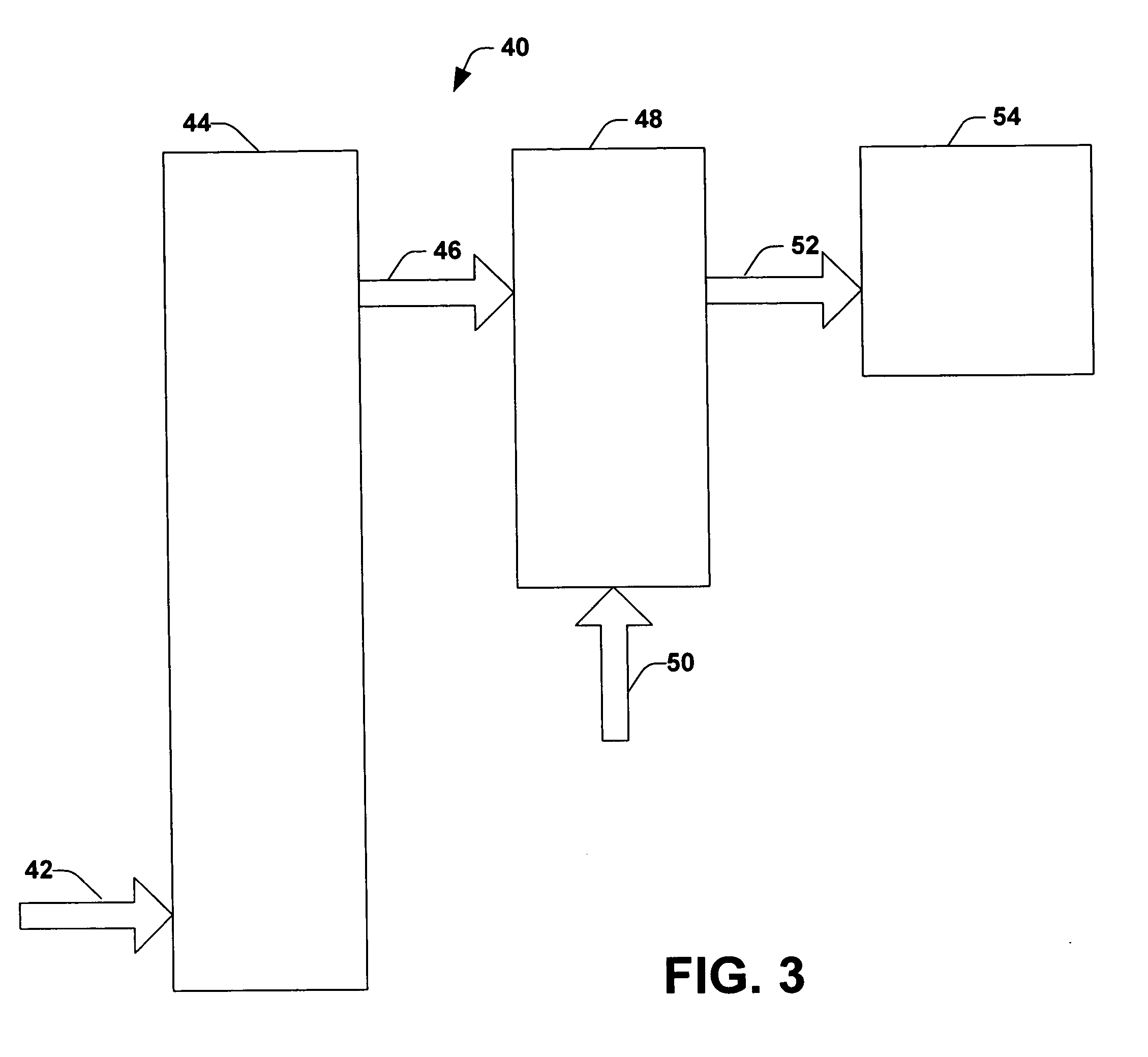Spherical catalyst for olefin polymerization
- Summary
- Abstract
- Description
- Claims
- Application Information
AI Technical Summary
Benefits of technology
Problems solved by technology
Method used
Image
Examples
example 1
[0142] 12 g Magnesium chloride is dissolved in 49.35 g 2-ethylhexanol and 120 ml heptane at 120° C. for 1.5 hours. The solution is cooled down to 60° C. and 15.58 ml dibutyl ether is added and held for 15 minutes. The solution is cooled down to room temperature, and 29 ml mixture of VISCOPLEX® 1-254 surfactant and heptane (volume ratio of VISCOPLEX® 1-254 to heptane is 1:3) is added. Then 5.8 ml TEOS and 20 ml heptane are added. The solution is cooled down to −25° C. and 150 ml TiCl4 is added over 1.5 hours. Then the reactor is warmed up to 50° C. and held for 30 minutes. After that the reactor temperature is raised to 90° C. and held for 30 minutes. Then the mother liquid is filtered, and washed with 200 ml toluene at 90° C. for 10 minutes for 3 times. The catalyst support is collected for Malvern particle sizing and microscopic imaging. A digital image of a microscopic view (at 125× magnification) of the catalyst support of Example 1 is shown in FIG. 4.
example 2
[0144] Example 1 is repeated but 18.6 ml of diisoamyl ether is added instead of the dibutyl ether. A digital image of a microscopic view (at 125× magnification) of the catalyst support of Example 2 is shown in FIG. 6.
[0145] The catalyst supports of Examples 1 and 2 and Comparative Example 1 are further described in Table 1. D50 refers to an average diameter of particles on a 50% by volume basis as determined by a Malvern Instrument.
TABLE 1ExampleD50 (μm)Morphology131spherical248sphericalComp 140needle
example 5
[0149] The support synthesis procedure is the same as Example 2 except 5 ml DNBP is added at room temperature just before TiCl4 addition. 45.7 g TiCl4 and 206.8 g toluene are used to activate the intermediate four times, 105° C. for 1 hour for the first activation and 110° C. for 30 minutes in the subsequent three activations. The final catalyst is washed with hexane four times before drying under nitrogen.
PUM
| Property | Measurement | Unit |
|---|---|---|
| Temperature | aaaaa | aaaaa |
| Temperature | aaaaa | aaaaa |
| Length | aaaaa | aaaaa |
Abstract
Description
Claims
Application Information
 Login to View More
Login to View More - R&D
- Intellectual Property
- Life Sciences
- Materials
- Tech Scout
- Unparalleled Data Quality
- Higher Quality Content
- 60% Fewer Hallucinations
Browse by: Latest US Patents, China's latest patents, Technical Efficacy Thesaurus, Application Domain, Technology Topic, Popular Technical Reports.
© 2025 PatSnap. All rights reserved.Legal|Privacy policy|Modern Slavery Act Transparency Statement|Sitemap|About US| Contact US: help@patsnap.com



